Caminar es un andar del talón a los pies.
El antepié (P Sw) es a menudo el área de mayor disfunción en las personas, debido a la forma de la puntera en la mayoría de los zapatos, y también el área de mayor fuerza y mayor tiempo de contacto.
“¿Cómo debo caminar?” Es una pregunta común que recibimos. Ha habido un aumento en la popularidad de caminar con el antepié. Sin embargo, este tipo de marcha solo se observa en personas sanas cuando la información sensorial plantar aumenta hasta el punto de dolor a través de superficies irregulares. Caminar con el antepié exige más energía que caminar del talón a los dedos, lo que lo hace menos deseable por naturaleza. La morfología del hueso calcáneo (talón) también es testimonio de esto, ya que está diseñado como un "rocker" natural para "girar" el pie hasta la posición media con un gasto mínimo de energía.
Hay muchos criterios a considerar al evaluar la funcionalidad de los pies. Sin embargo, el principal modelo de evaluación utilizado hoy en día es el modelo de "pronación", mediante el cual se realiza una medición visual del grado de pronación para evaluar la necesidad de ortesis o soporte de pronación, con muy poca o ninguna consideración del giro de los dedos al girar y estabilizando todo el pie.
Fuente de la imagen: Análisis de la marcha, Jacquelin Perry.


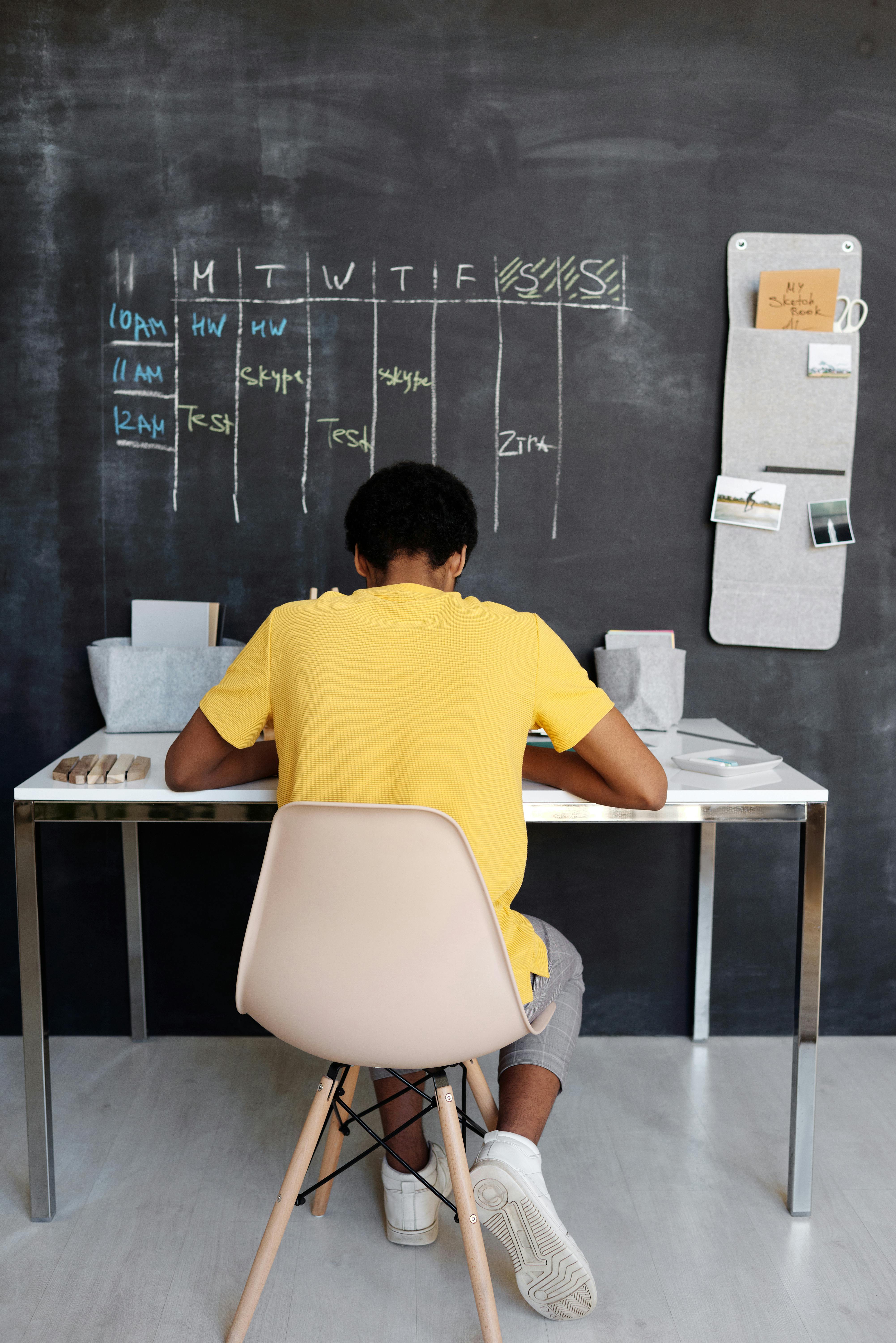

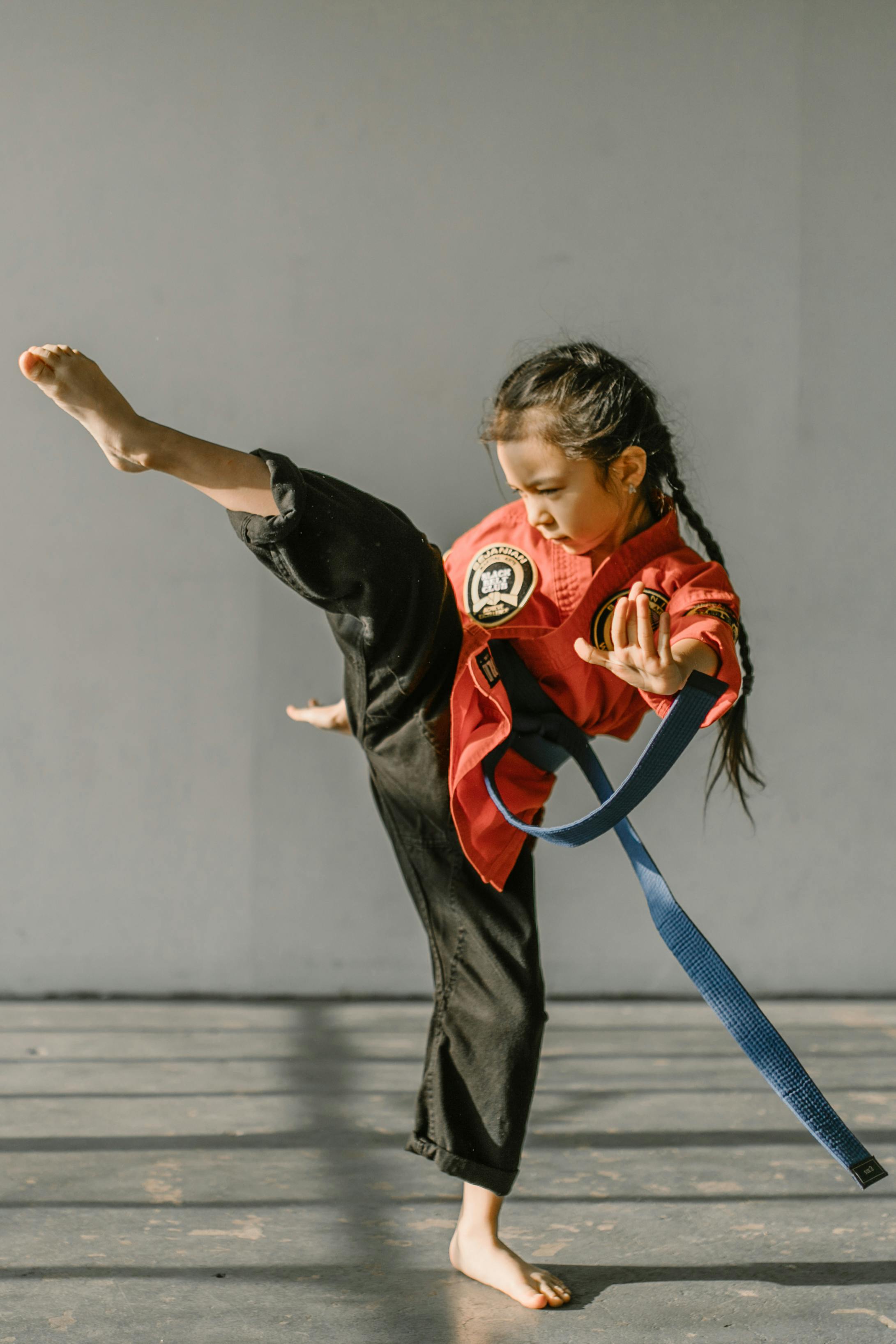

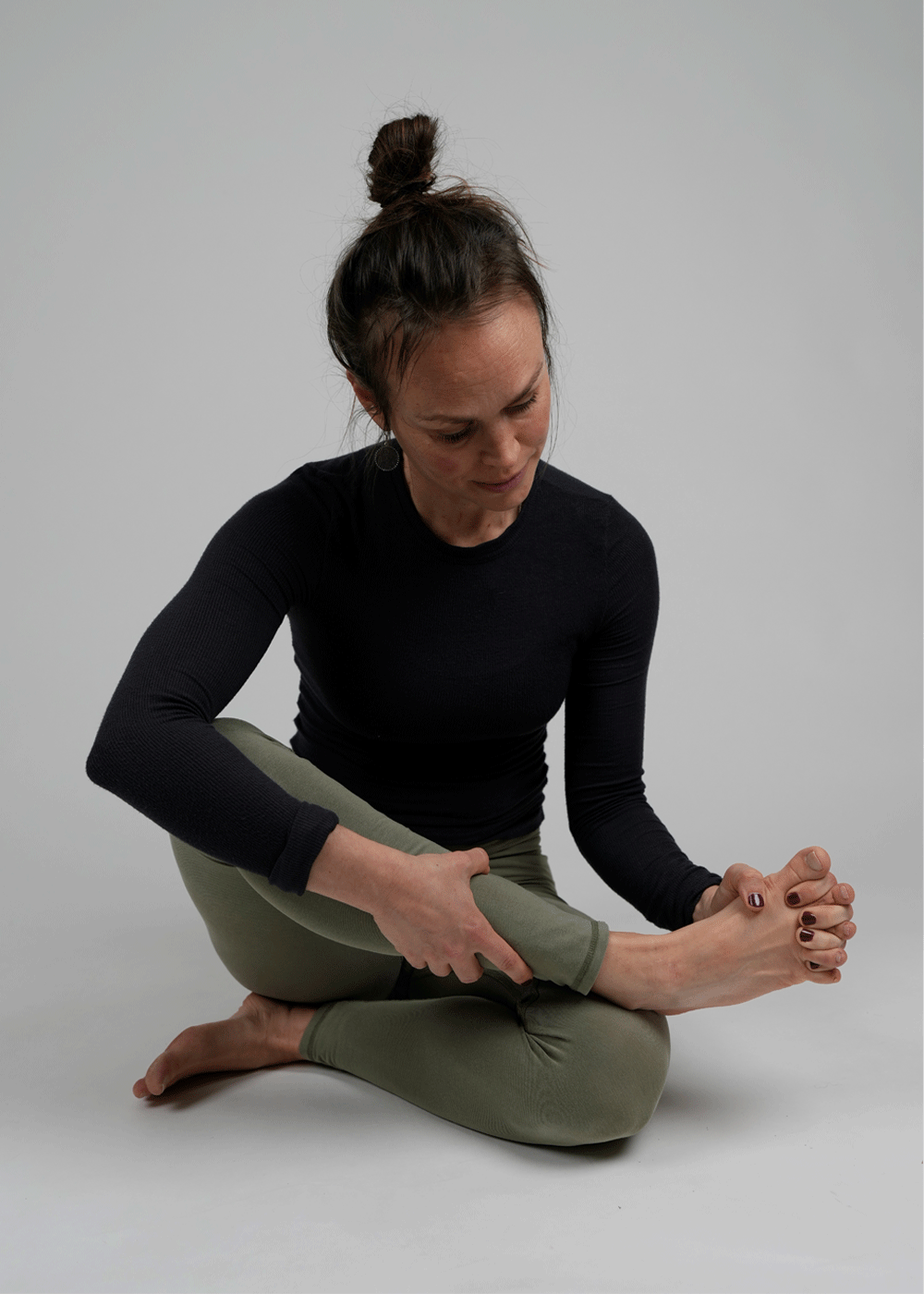
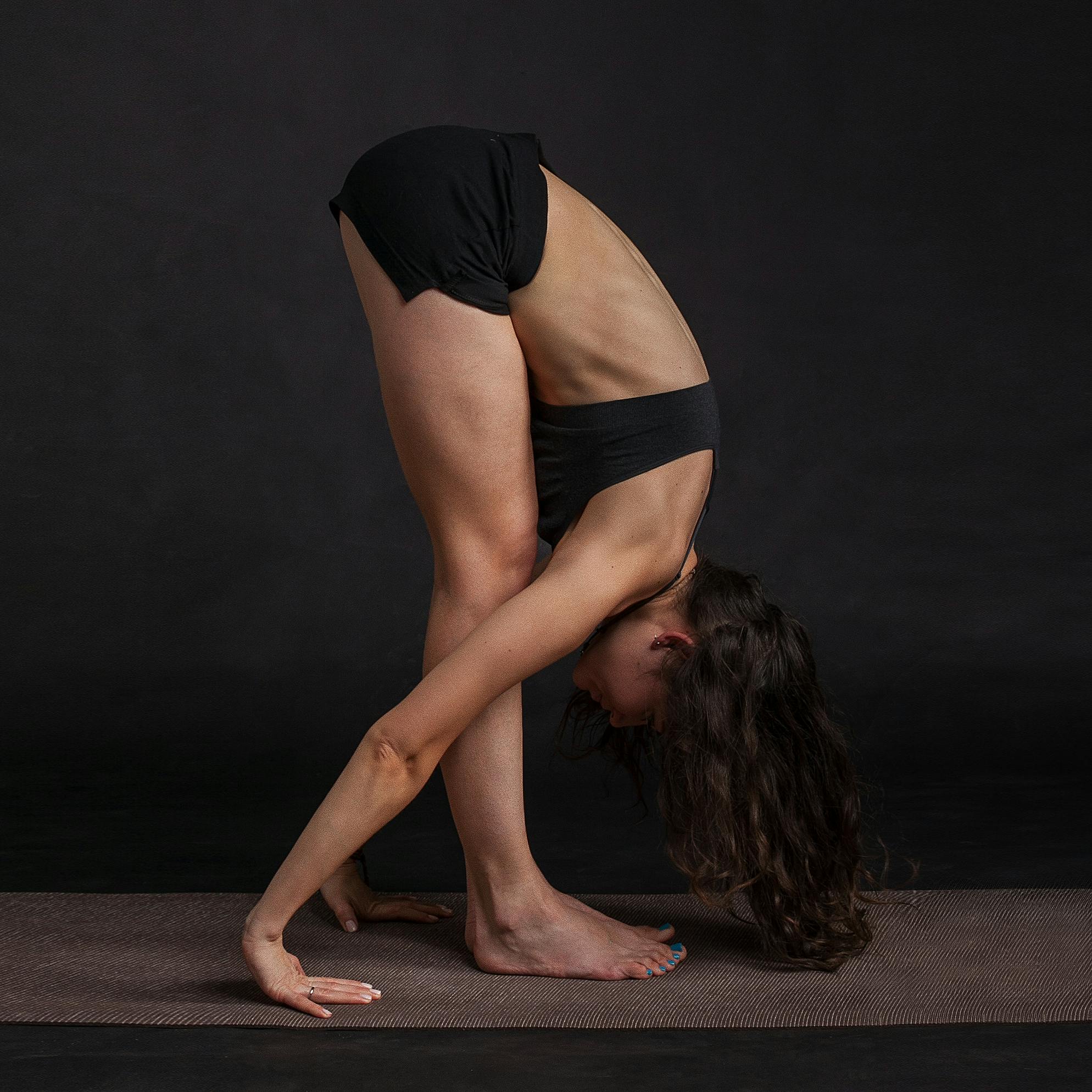



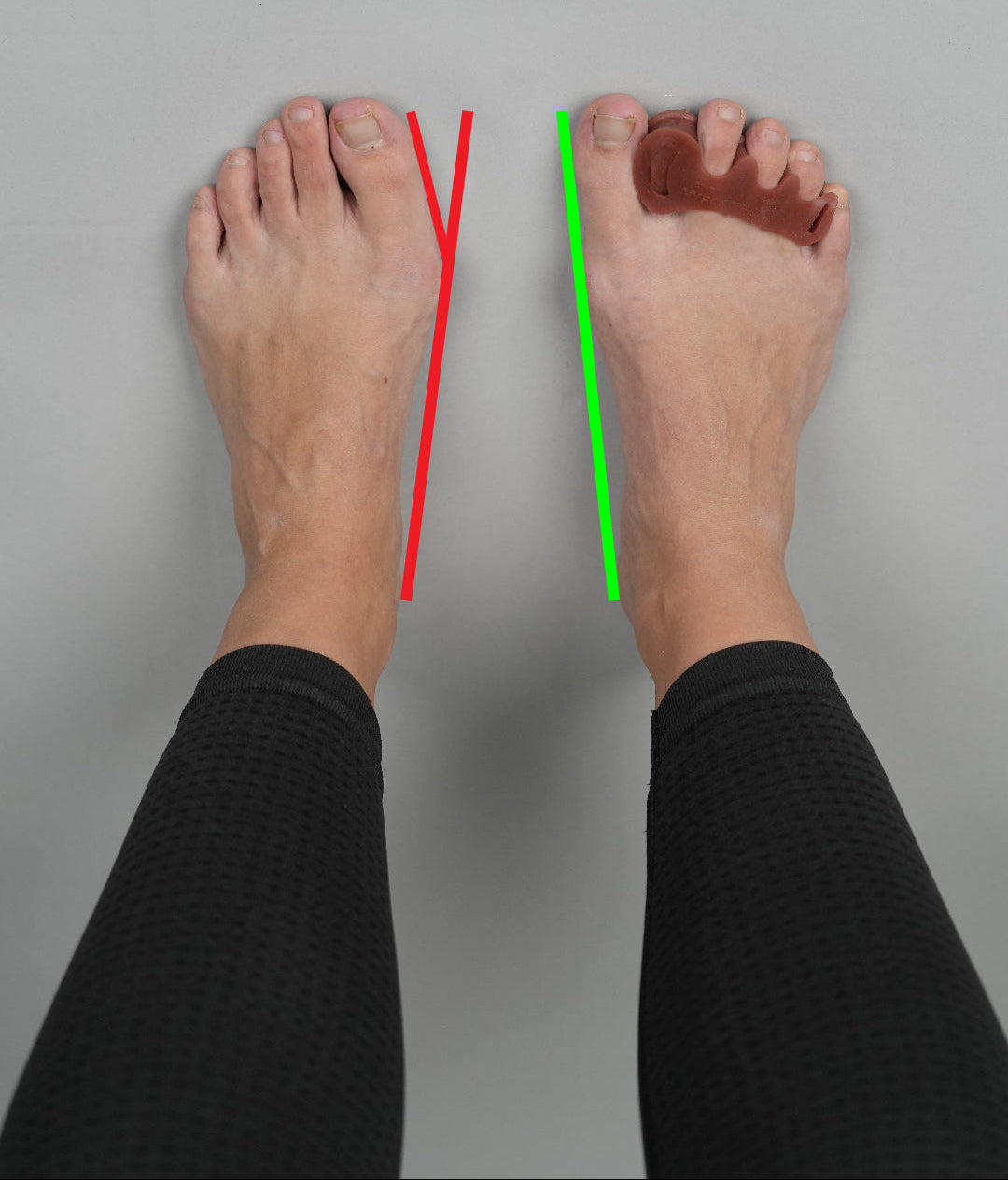

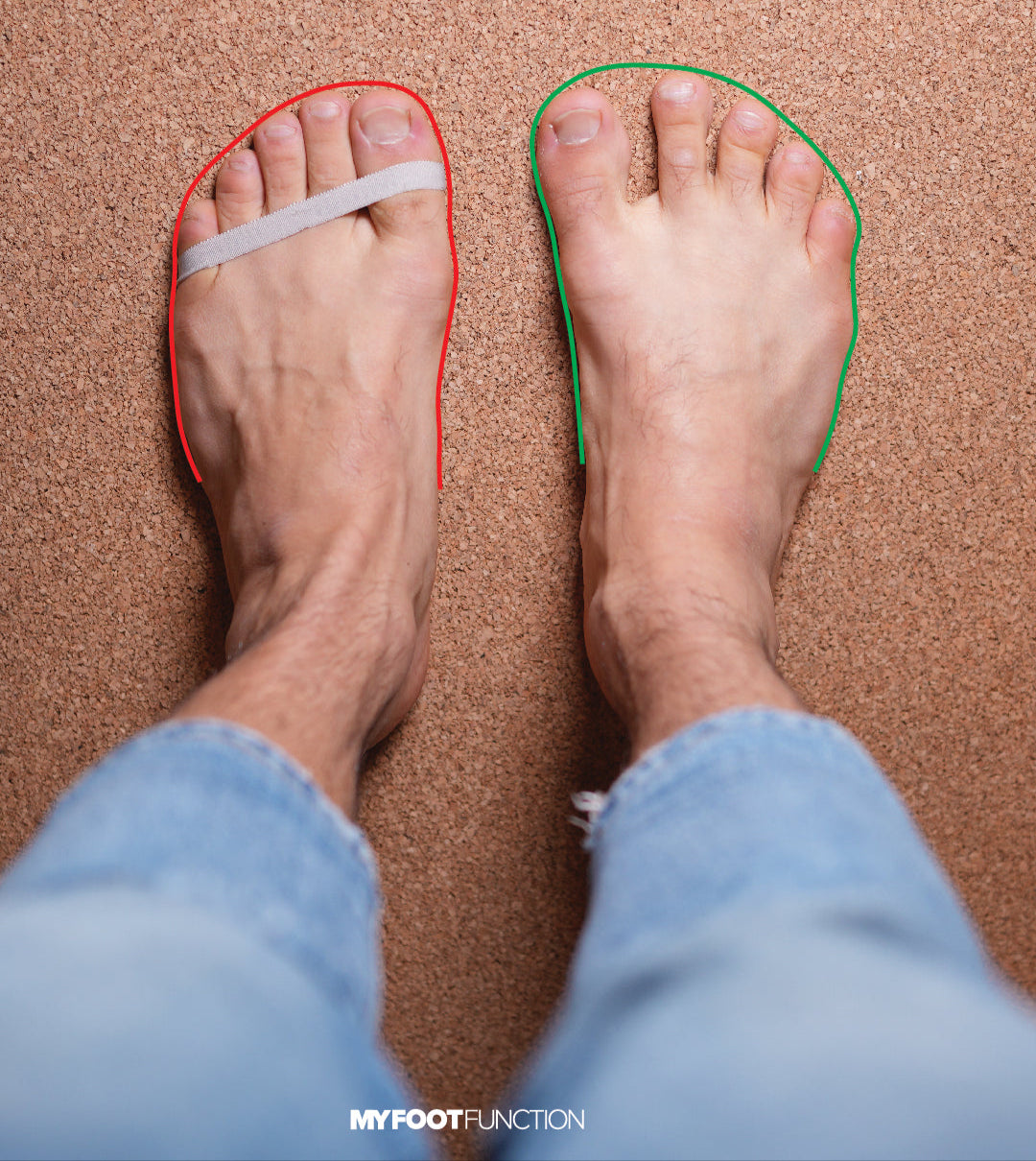
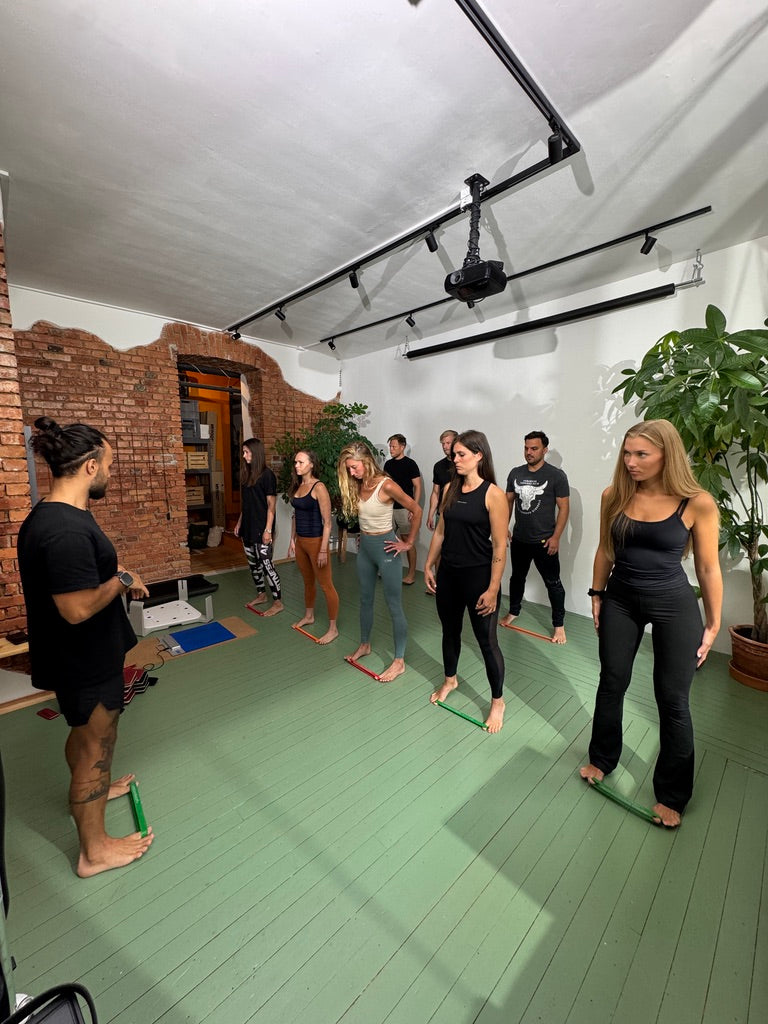
Share:
¿Qué es un pie funcional?
¡Tus zapatos diarios son los que causan más daño!